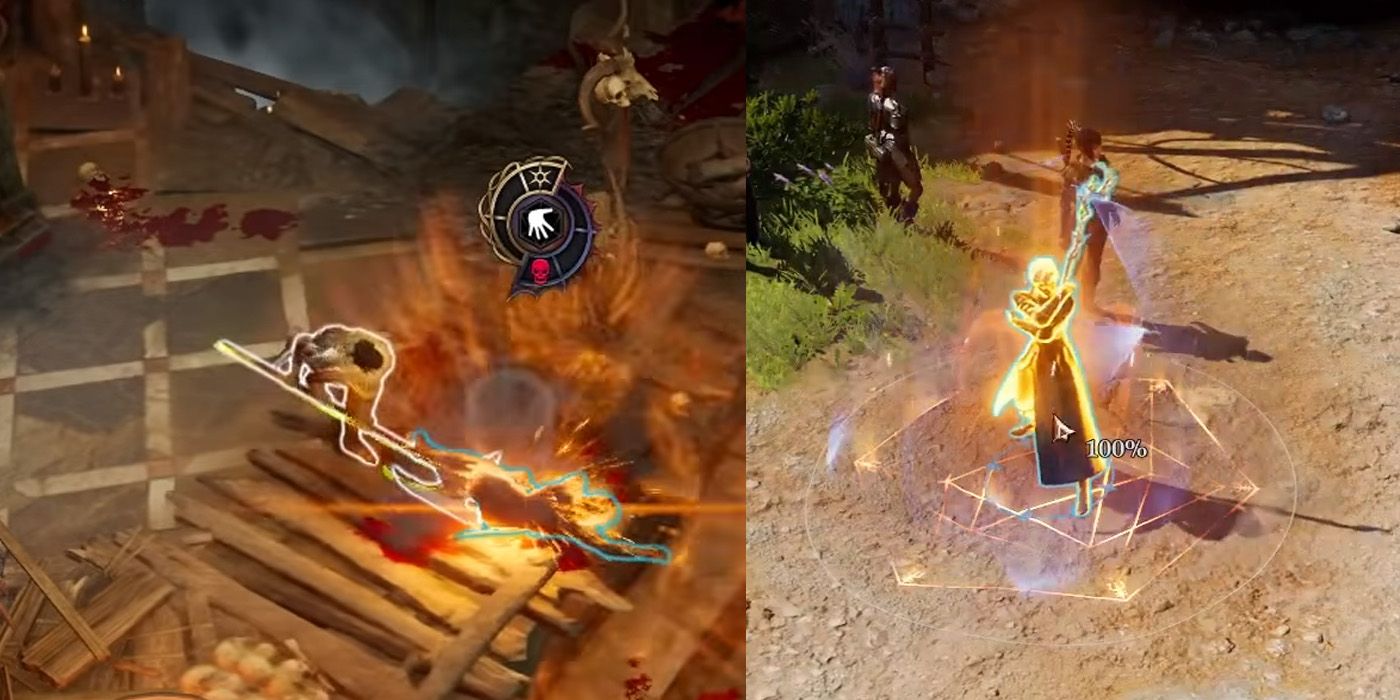
Since Baldur’s Gate 3 follows Dungeons & Dragons rules, players know that BG3 also places a huge focus on various combat elements. Unfortunately, these elements can easily overwhelm players unfamiliar with D&D 5e mechanics. After all, a single attack roll not only relies on a D20 but also on Ability Modifiers, Proficiency Bonuses, as well as things including Advantages and Disadvantages. However, players who understand this basic principle can turn the combat in their favor.
Moreover, players can look at D&D itself as inspiration for some combat tactics they can utilize in BG3. In fact, some players may find themselves surprised at how sophisticated battles become when they apply certain strategies and tactics to their playstyle.
10 Cheese The Meta
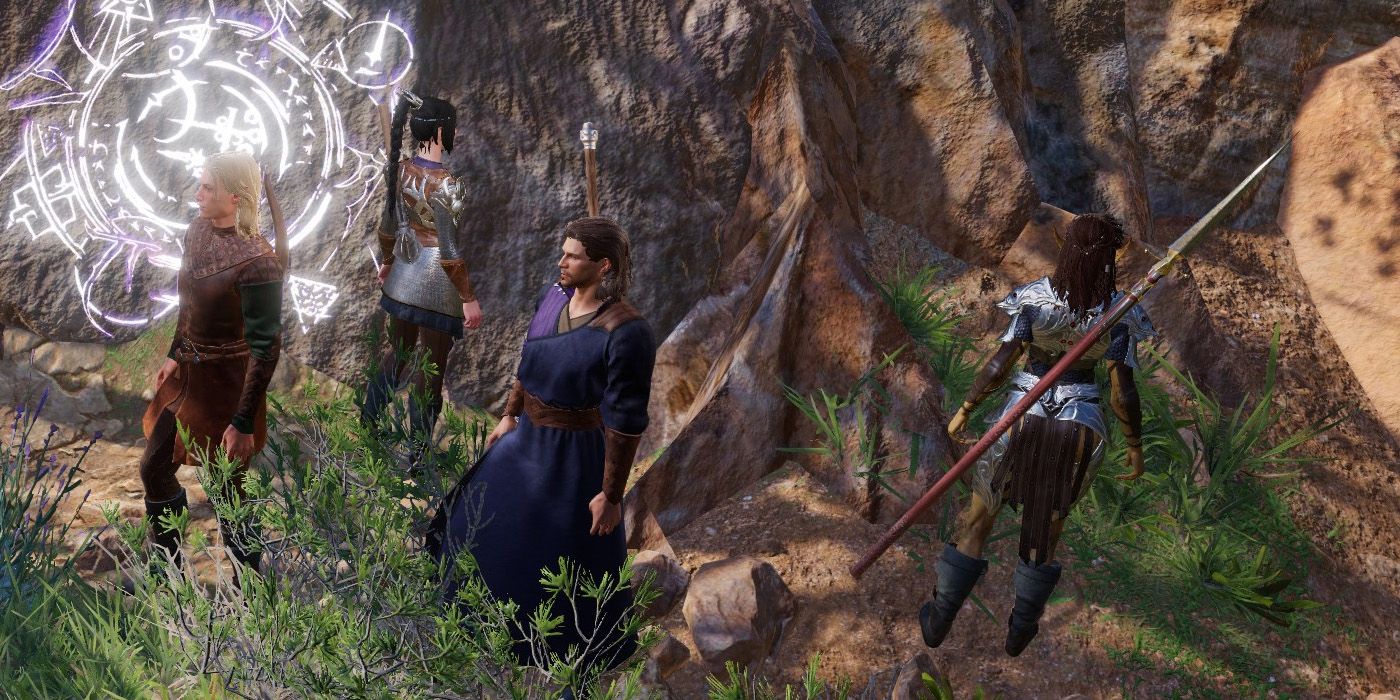
Unlike in D&D, BG3 actually allows players to know exactly what they’re up against. In old-school D&D, only the DM knows the exact stat blocks of monsters they unleash to the table. In turn, players who do know monsters they face are discouraged to “metagame,” or apply their player knowledge to their characters. However, BG3‘s Examine function inherently allows players to look at monster statistics themselves.
Similar to the player’s own sheet, Examine allows players to see relevant data associated with the monster. These include Ability Scores and Resistances. In turn, players can use this “meta” information to avoid using features or spells that only deal half-damage (Resistant) to monsters. Moreover, they can capitalize on lower Ability Scores to plan debilitating effects against enemies.
9 Never Stay Together
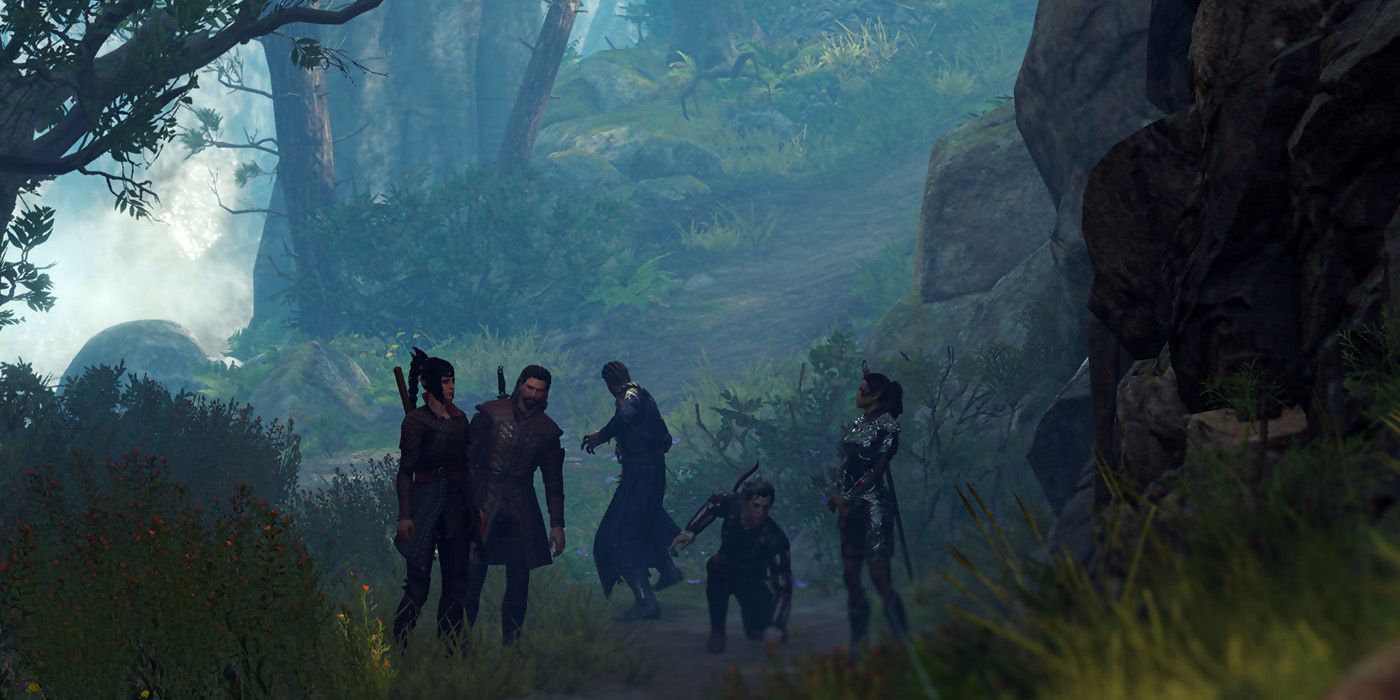
Players lose when the entire party dies – and unfortunately, some of the more powerful AOE Spells in BG3 (and D&D) can remove precious HP in a single round. In turn, players should scatter their party as soon as they sense combat brewing. Ideally, players should always try to use the Hide Action to sneak up on enemies. Likewise, they can use the same maneuver to position themselves before starting combat, instead of using their actual turns to move.
Interestingly, players who end up bunched together in combat shouldn’t reload their save. Instead, they should ensure they at least have mobility features at the ready. Thankfully, the Jump/Disengage Bonus Action can ensure enemies won’t get Opportunity Attacks when players move in their vicinity. Likewise, Misty Step (Conjuration) can give spellcasters a handy teleport option.
8 Initiative Matters
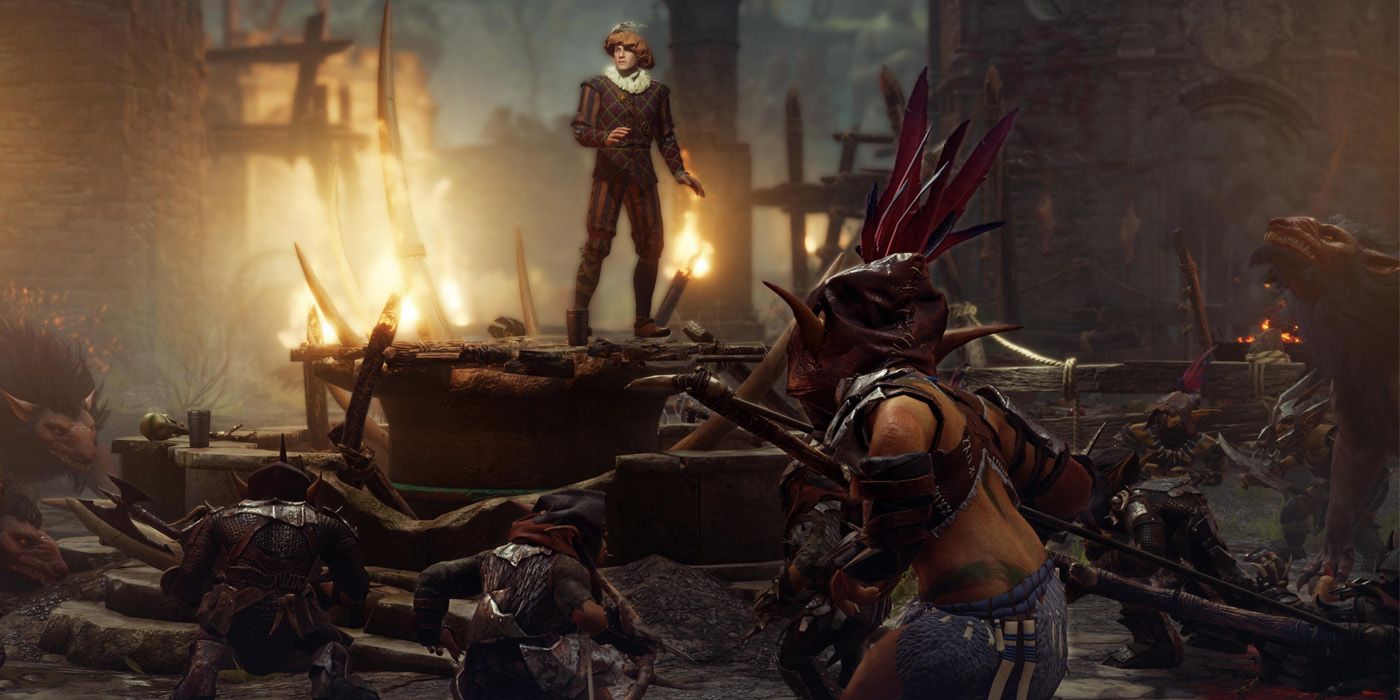
In D&D (and by extension, BG3), players and enemies determine who moves first via Initiative. This statistic gets calculated via a D20 + Dexterity Modifier. Likewise, this metric gives players an idea that Rogues and other Dexterity-aligned characters likely go first in combat. Interestingly, players can use this knowledge beforehand to their advantage.
For instance, players can most likely anticipate which of their characters go first and prepare strategies by then. Moreover, players can boost some of their characters’ Dexterity (and therefore Initiative) to have some characters go sooner. These work well with Rogues as well as spellcasters, who can use healing Spells or offensive Spells from favorable positions.
7 Secure The Advantage As Soon As Possible
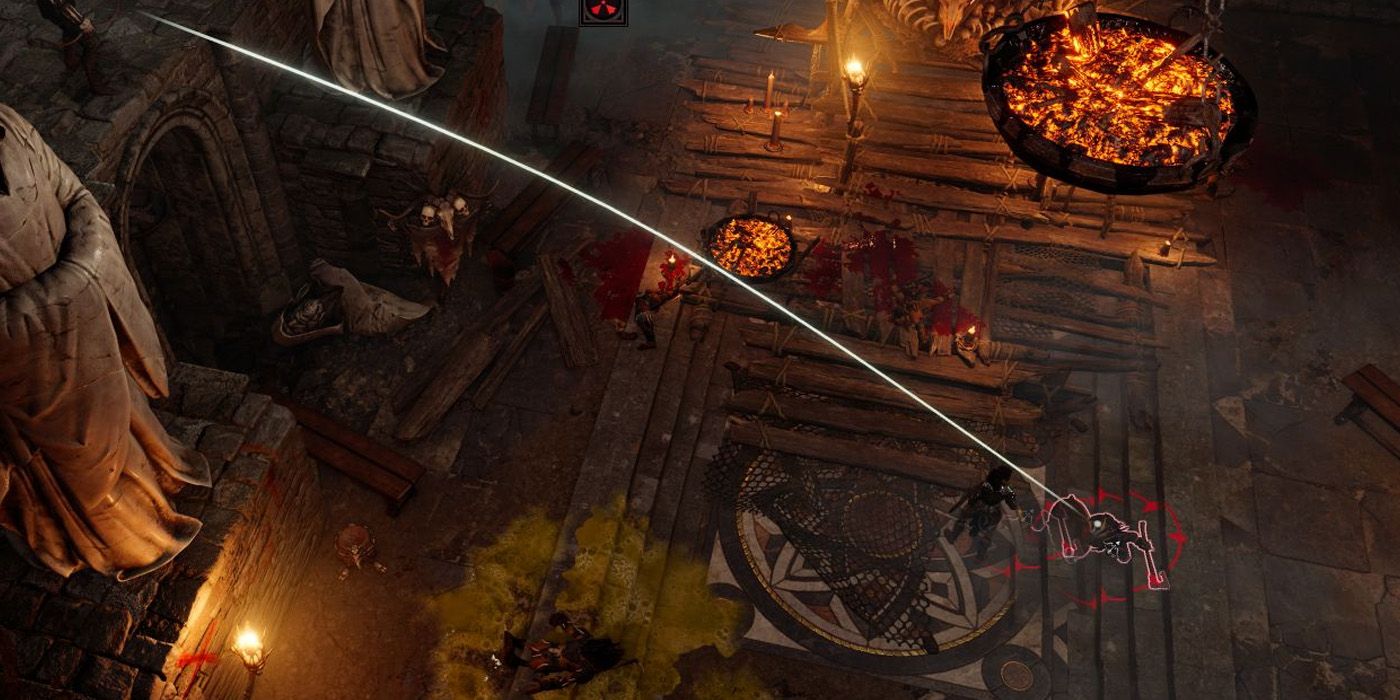
In D&D, Advantage can easily turn the tide of battle, regardless of what it’s for. Essentially, Advantage allows players to roll twice on anything and use the higher result. In turn, Advantages almost always guarantees a success in combat rolls – be it attacks or saving throws. Thankfully, BG3 allows players to access Advantages easily – and they should do this often.
For instance, players should actively Shove or find a means to throw enemies off high spaces to knock them Prone. Moreover, players should almost always attack enemies from above ground. If possible, players should enter battle via the Hide Action to prompt Surprise Attacks. All these give them Advantage. Likewise, players should find walls or crates they can hide behind to force enemies to have Disadvantage when trying to attack them, especially from range.
6 Maximize Character Actions
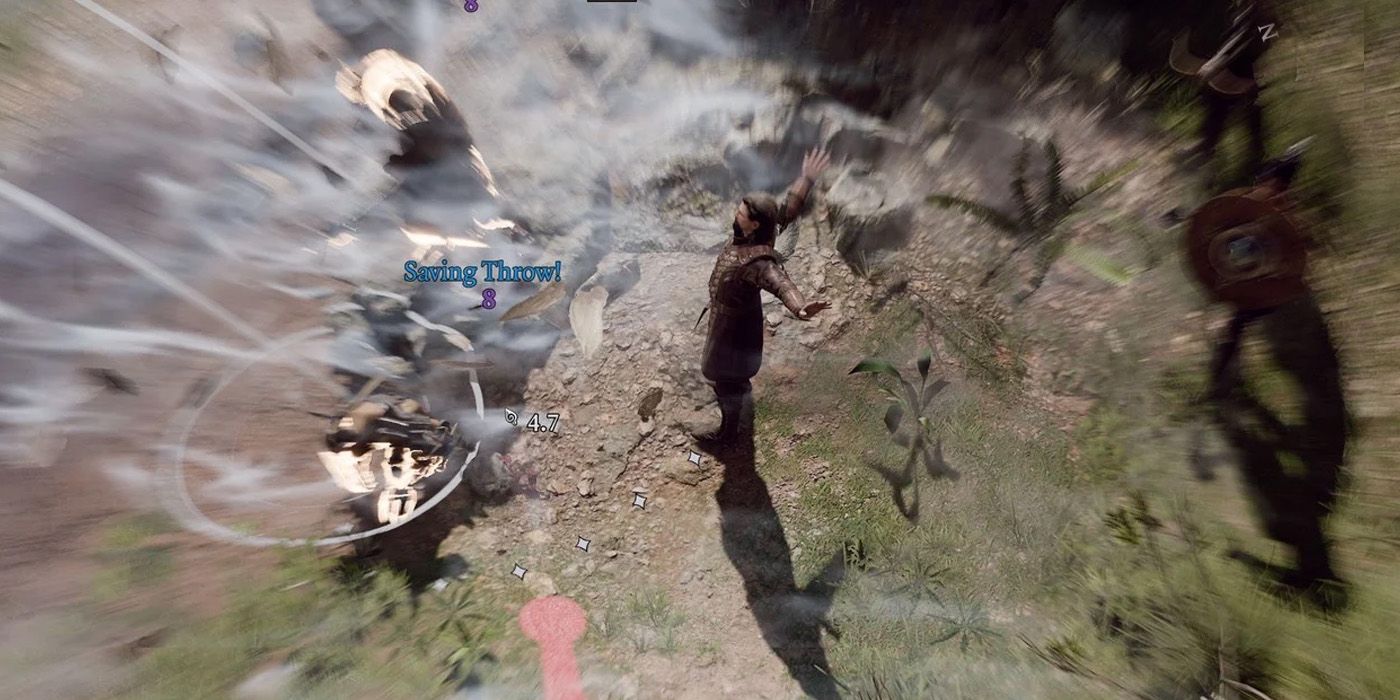
Unlike Original Sin 2 and its feature to “carry over” unused AP, actions in BG3 don’t pile up when players don’t use them. In turn, players should try to maximize their action list as much as possible. Characters should never have an action with useless options. For instance, aside from allocating strong spells and attacks under Actions, players should be able to use Bonus Actions and Reactions to access Cantrips, Off-Hand Attacks, and other useful combat options.
That way, players maximize their action list regardless of the situation. Moreover, this strategy incentivizes the creation of flexible characters that don’t just fill a particular role all the time.
5 Focus Fire Instead Of Dividing Enemies
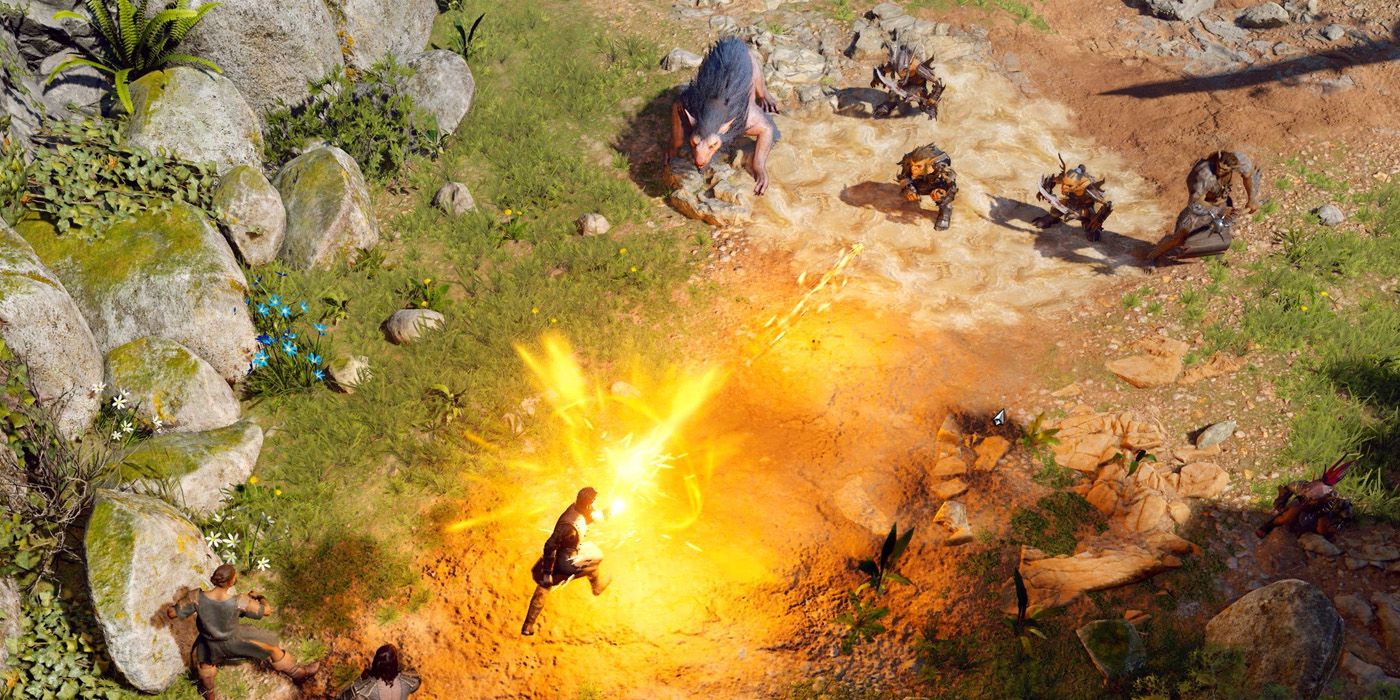
Players might think that fighting enemies separately can eliminate them faster, right? However, based on D&D rules, using this strategy on BG3 can become a death wish. Remember, enemies with low HP have just that – low HP. Unless they’re knocked Prone, Silenced, or incapacitated, they can still use all of their actions. Meaning, both low-HP and high-HP enemies hit the same.
Instead of fighting multiple enemies at once, players should instead focus fire. This popular D&D strategy means focusing attacks on one target at a time (e.g, bosses) instead of multiple enemies. Mechanically-speaking, this opens opportunities for players to deal more damage. After all, one less enemy means one less member in the Initiative Order.
4 Steal The Homecourt Advantage
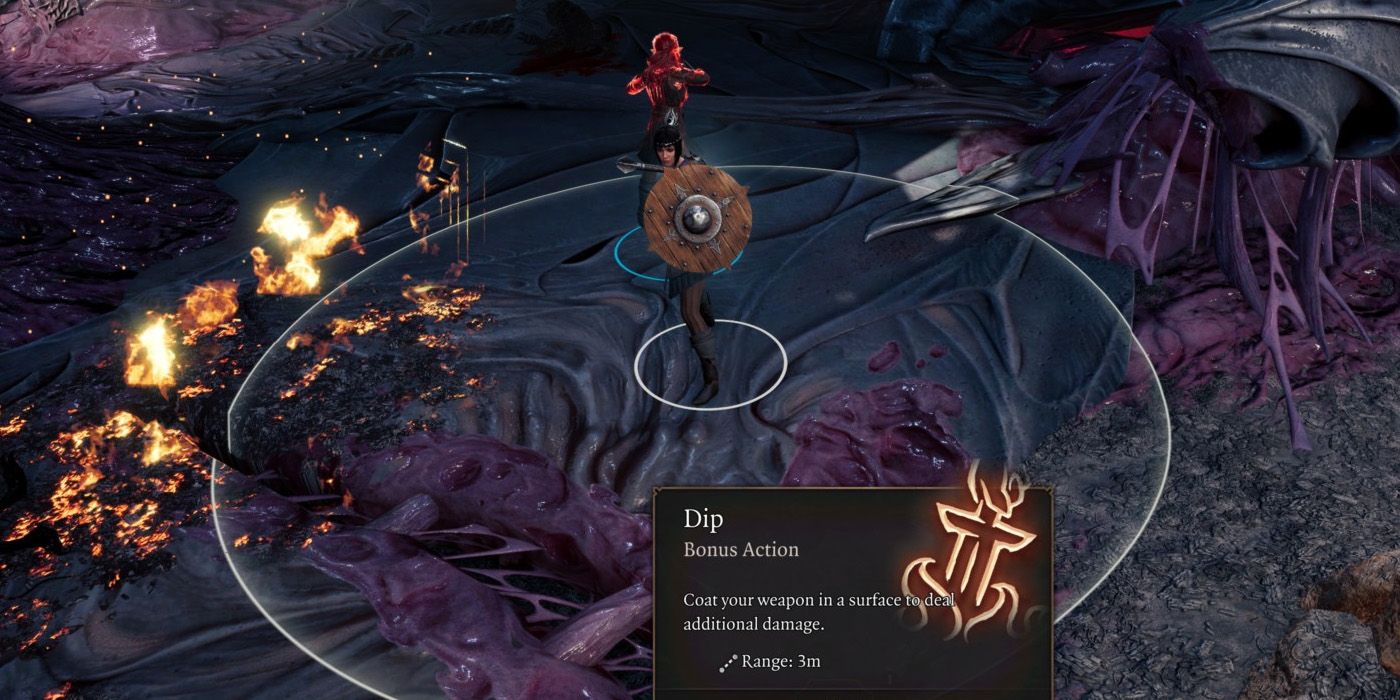
Like the versatile Ranger’s Favored Terrain feature, it’s almost always a bad idea to fight enemies in their own environment. As with most D&D combat encounters, enemies that surprise players or fight in their favorite locales almost always end in close calls or, worse, TPKs. In turn, players of BG3 need to steal the enemies’ “homecourt advantage” as soon as possible.
When players see that the enemy has Advantages in their current location, they should try disorienting the enemy. For instance, the party can lure archers out of position by distracting them. Meanwhile, sentinels on high ground could be brought down for an easy beating. Players should keep this principle in mind at all times to open creative ways of dealing with enemies in their “favored” environments.
3 Create The Party’s Homecourt
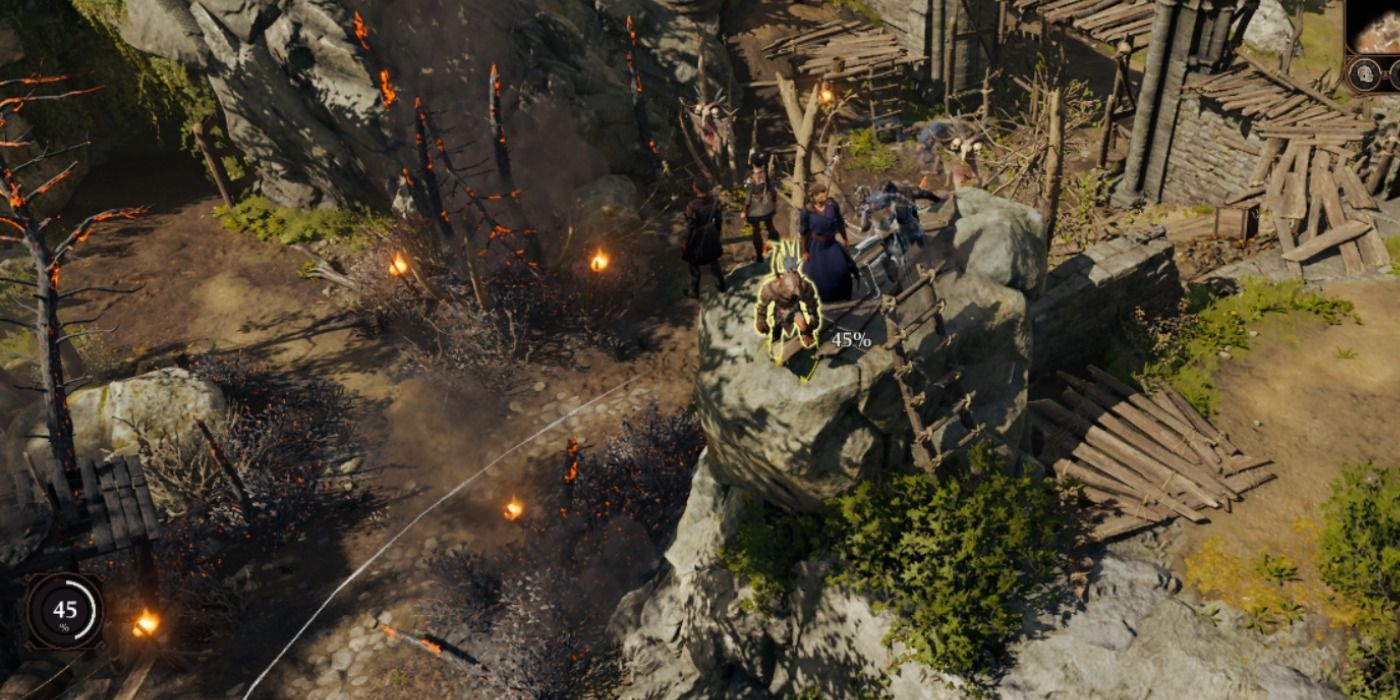
Players who feel like there’s too many enemies in a single location should instead try establishing the aforementioned “homecourt” where they’re located. Essentially, players should survey their immediate environment and check if it’s worth luring the enemies to their location for a Surprise Attack.
Players need to stay sharp for high points where they can position ranged attackers, or hidden corners for their sneaky Rogues. Additionally, greasy puddles, oil barrels, and dangerous surfaces can add good ol’ extra damage to enemies. After that, players can have their scout alert enemies and slowly bring them to the previous area for a neat counteroffensive.
2 Surprise And Sneak All The Time

Players who plan on engaging in combat should try to remain hidden as much as possible. That way, players trigger Surprise Attacks first before the actual Combat Encounter. Remember, Surprise Attacks not only grant advantage over that attack. Rather, it’s a “free” attack that ignores Initiative. Theoretically, Rogues with high Dexterity can get in an amped up Surprise Attack with their Sneak Attack, plus get another turn under formal Initiative.
Surprise Attacks remain a great way to catch enemies by surprise where everyone can almost always get a “free” turn. To do this, have a scout (which can be the tank) surprise an enemy initially and grab everyone’s attention. Afterward, other characters can “enter” combat one by one via a Surprise Attack.
1 Secure The Chokepoints
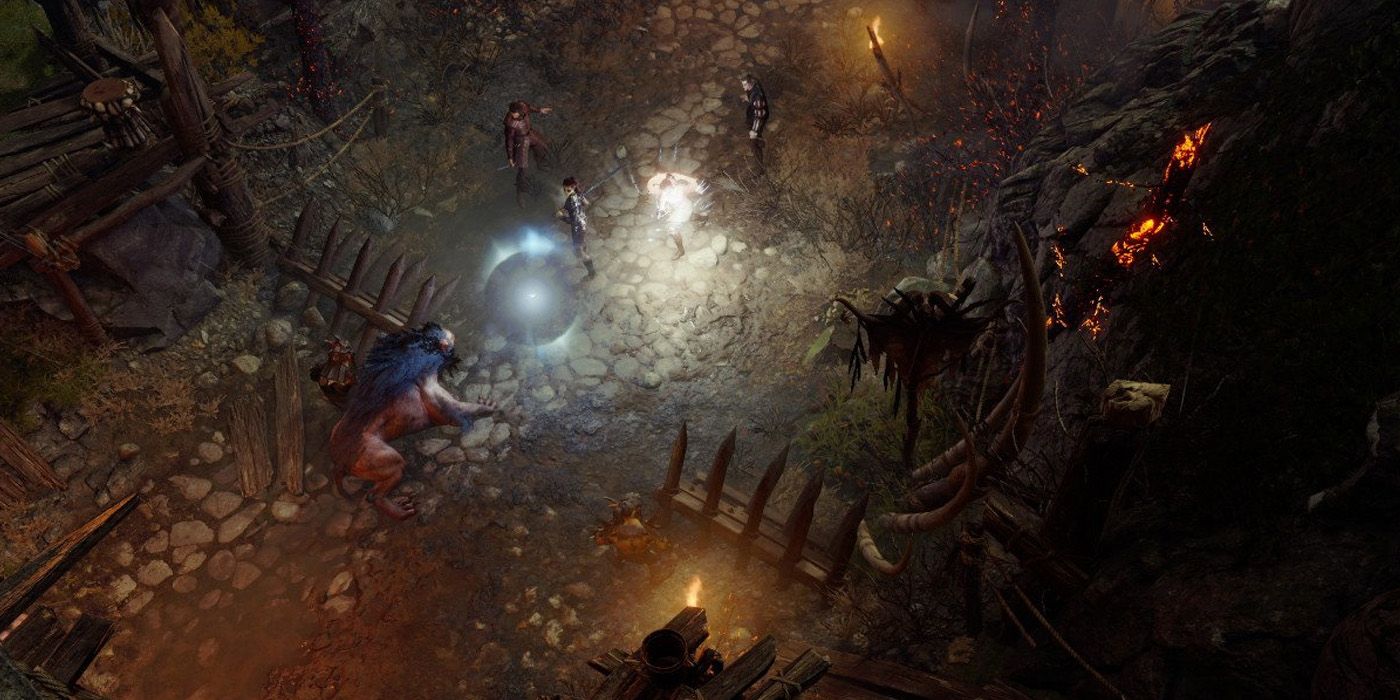
In most D&D encounters, players often find themselves in combat as soon as they enter rooms outside narrow passages. Unfortunately, players often spread out and fight enemies in the open area. Sadly, as with BG3, open areas leave too many variables for failure that players can’t always watch out for. However, instead of fighting in open spaces, why not lure enemies to chokepoints?
Instead of creating an entire “homecourt” for a counterattack, players can simply have their other party members hide in corners near various openings. These include corners and shadowy areas near doors, passageways, and pathways in forests. Then, their scout can simply provoke enemies into going into these “chokepoints” for easy beatings. It’s much harder to escape narrow passageways or openings when the party is flanking the enemy.

facebook 查詢:
24 hours enquiry facebook channel :
https://www.facebook.com/itteacheritfreelance/?ref=aymt_homepage_panel



Leave a Reply